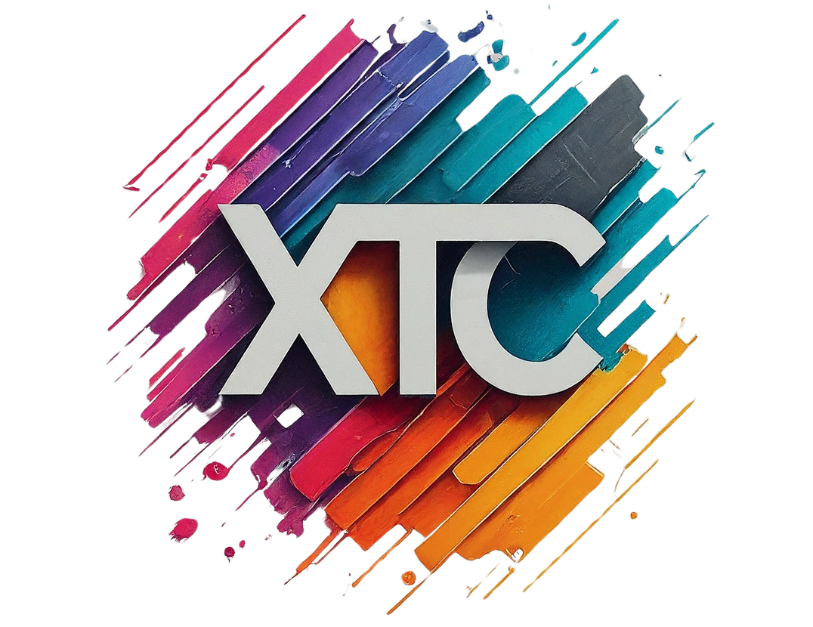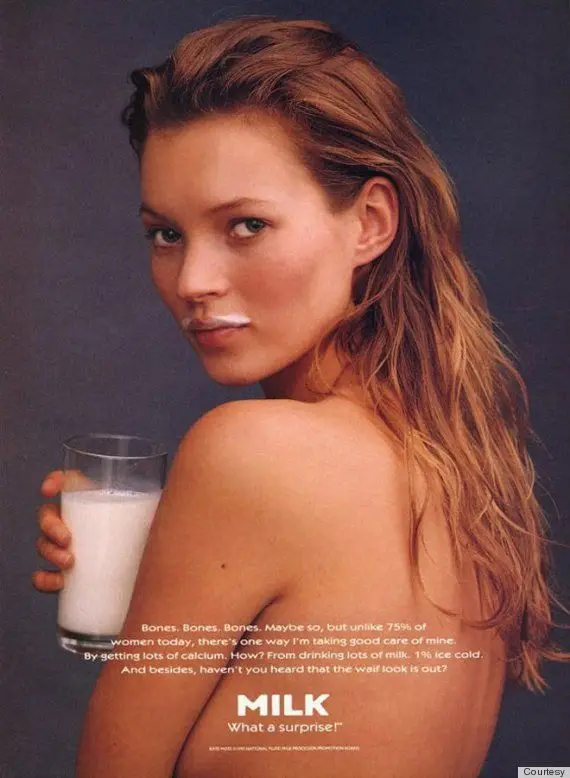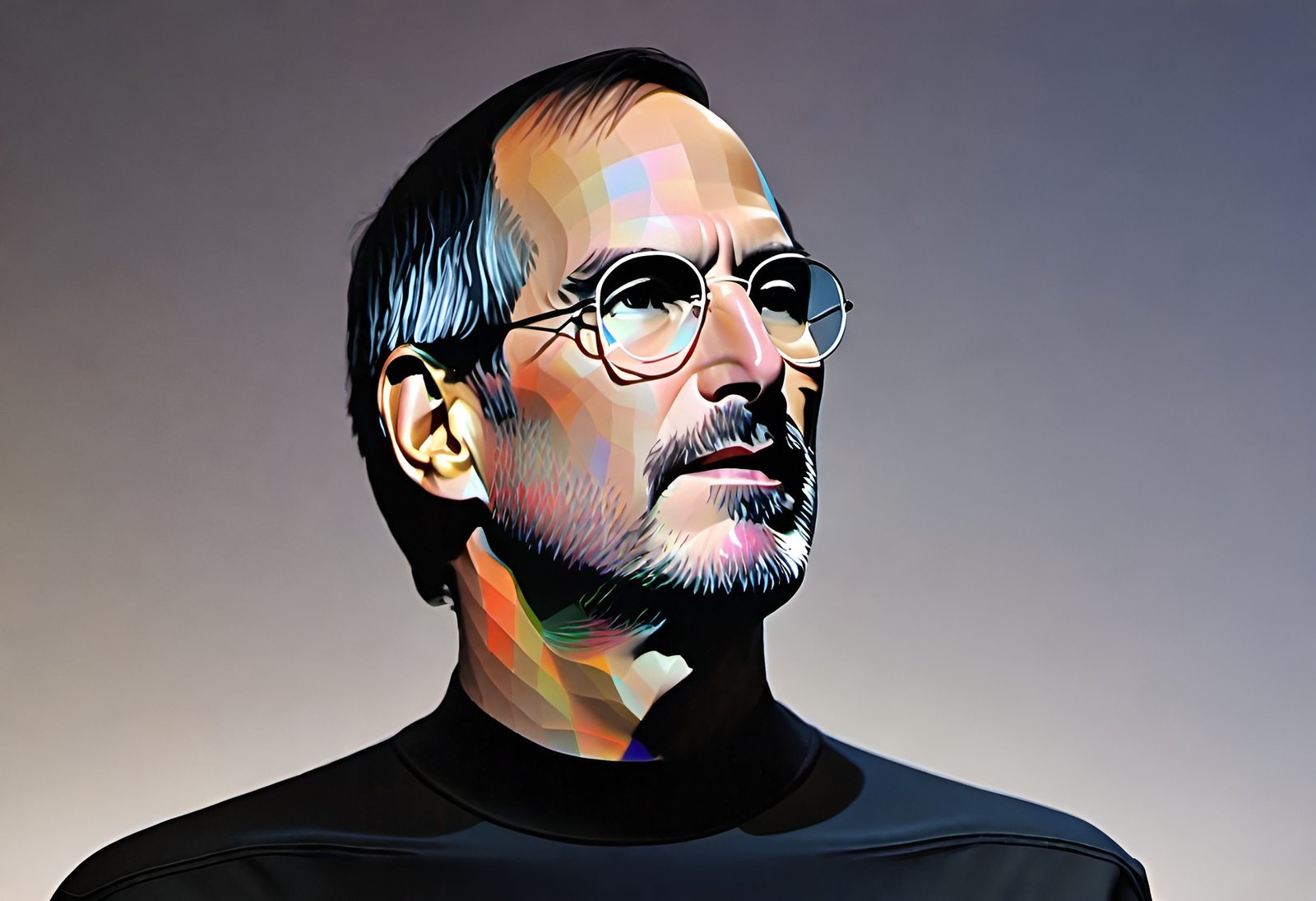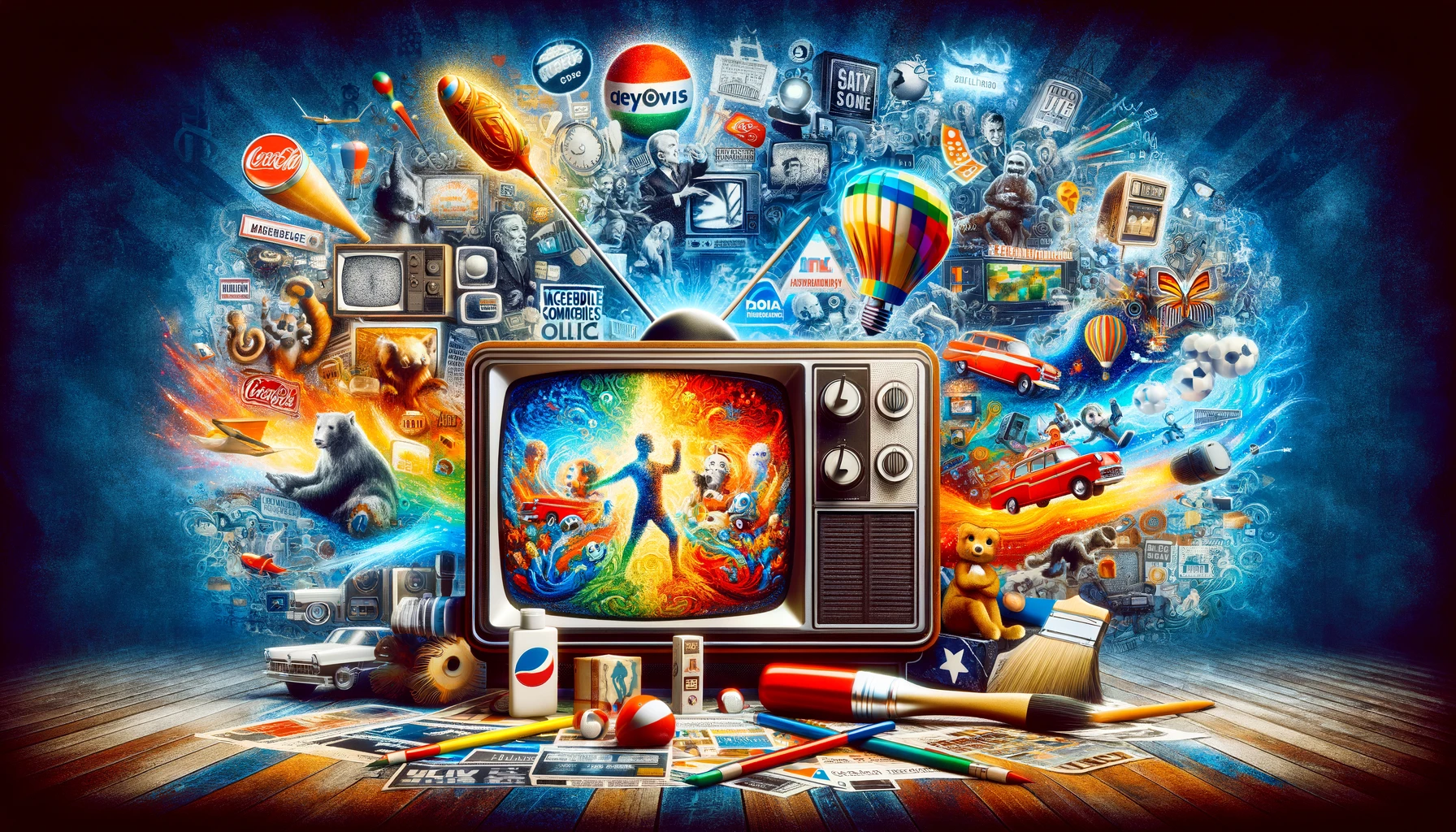In today’s fast-paced online world, grabbing attention with YouTube ads can feel like winning the lottery. But fear not, marketer extraordinaire! When it comes to YouTube advertising, crafting compelling ads that resonate with viewers is an art you can master. Here, we delve into the secrets of creating YouTube ads that not only hook viewers but also drive results.
Concept and Script: The Power of Storytelling
The first five seconds are crucial. You have a fleeting window to capture attention before viewers hit that dreaded “skip ad” button. Here’s where a strong concept and script come into play:
Hook ‘Em Early: Mastering the First 5 Seconds of Your YouTube Ad
The first five seconds of your YouTube ad are a battleground. It’s where you win viewers over or lose them to the dreaded “skip ad” button. Here’s how to craft a captivating opening that grabs attention and compels viewers to watch more:
1. The Power of Surprise:
- Statistic Shock: Hit viewers with a surprising statistic relevant to your product or service. For example, an ad for a teeth whitening product could open with: “Did you know 80% of people feel less confident because of their smile?” This statistic instantly grabs attention and sparks a curiosity about the solution.
- Unexpected Scenario: Open with a situation that’s unexpected or relatable to your target audience. Imagine an ad for a meal planning service that starts with a scene of a chaotic kitchen and a stressed person overwhelmed by takeout menus. Viewers instantly connect with the scenario and are drawn to see how the ad resolves it.
2. Humor Me:
Humour can be a powerful tool, but it needs to be wielded carefully. Ensure your humour aligns with your brand image and target audience. Here are some tips:
- Situational Humour: Create a humorous scenario relevant to your product’s purpose. A funny ad for a laundry detergent could show clothes shrinking in the dryer, representing the problem the product solves.
- Witty Dialogue: A clever line or witty exchange can grab attention. For example, an ad for a dating app could open with a person on a disastrous date, muttering, “There has to be a better way!” This sets the stage for the app’s introduction.
3. The Intrigue of Questions:
Pose a thought-provoking question that taps into viewers’ desires or challenges. This instantly engages their minds and makes them curious about the answer your ad provides.
- Problem Posing: Ask a question that highlights a common pain point your product solves. An ad for a fitness tracker could open with, “Struggling to stay motivated with your workouts?” This question resonates with viewers and makes them want to see how the tracker helps.
- Curiosity Spark: Craft a question that piques viewers’ interest and leaves them wanting more. Imagine an ad for a travel agency that opens with, “What if your next vacation could be unlike anything you’ve ever experienced?” This sparks curiosity and compels viewers to see where the ad takes them.
Remember, the key is to make those first five seconds impactful. Use surprise, humour, or thought-provoking questions to grab attention and set the stage for a compelling ad that resonates with viewers and keeps them watching.
Focus on Benefits: Speak the Language of Customer Needs
Don’t just rattle off features. Explain how your product or service improves viewers’ lives. Think: “Tired of [pain point]? Our product offers [solution]!”
When crafting your YouTube ad, it’s tempting to bombard viewers with a laundry list of features your product boasts. But resist the urge! People don’t care about features; they care about how those features solve their problems and improve their lives. Here’s how to shift your focus to benefits that resonate with viewers:
1. Identify the Pain Point:
Start by understanding the core challenges or frustrations your target audience faces. What keeps them up at night? What common problems do they encounter?
- Example: Let’s say you’re advertising a meal planning service. The pain point could be the stress of figuring out what to cook every night, the wasted time spent grocery shopping, or the frustration of unhealthy take-out options.
2. Translate Features into Solutions:
Now, take your product’s features and translate them into solutions for the identified pain points.
- Example: The meal planning service might offer pre-designed meal plans (feature) that save time and eliminate meal-planning stress (benefit). It could also provide grocery lists with exact quantities (feature), saving viewers time at the store (benefit) and promoting healthier eating habits (benefit).
3. Speak Their Language:
Use clear and concise language that your target audience understands. Avoid technical jargon and focus on the everyday impact your product has on their lives.
- Example: Instead of saying, “Our meal plans utilize a state-of-the-art algorithm,” you could say, “We offer personalized meal plans that cater to your dietary needs and preferences, making healthy eating a breeze.”
4. Show, Don’t Just Tell:
While highlighting benefits through narration is effective, consider using visuals to showcase the problem and solution.
- Example: Your meal planning service ad could show a stressed person struggling to choose a recipe, followed by a scene of a family enjoying a delicious, healthy meal prepared using the service’s plan.
5. The Power of Transformation:
Frame your message around the positive transformation your product offers. Show viewers how their lives can be better with your solution.
- Example: Instead of just focusing on the ease of meal planning, your ad could showcase a person feeling more confident and energised after consistently using the service and eating healthier meals.
By focusing on benefits and the positive impact your product has on viewers’ lives, you create a compelling message that resonates with their needs and desires. This not only grabs their attention but also motivates them to take action, whether it’s visiting your website, learning more, or ultimately making a purchase.
Story Time: Weaving a Narrative that Captivates Your Audience
In the fast-paced world of online advertising, capturing attention is a constant battle. Here’s where storytelling shines. People connect with narratives on an emotional level, making them a powerful tool for YouTube ads. Let’s delve into crafting a short, relatable story that showcases the value proposition of your offering:
1. Find the Relatable Hero:
Every good story needs a relatable protagonist. This could be someone who embodies the challenges faced by your target audience.
- Example: Let’s say you’re advertising a fitness app. Your hero could be a busy professional struggling to find time for exercise and feeling frustrated with their lack of progress.
2. Introduce the Problem:
The story opens by establishing the protagonist’s challenge or pain point, something viewers can easily identify with.
- Example: Your ad could open with the protagonist feeling exhausted after a long day at work, dreading the thought of another gym session they might miss anyway.
3. The Spark of Change:
Enter your product or service! Here’s where the protagonist encounters the solution that offers a glimmer of hope.
- Example: The ad shows the protagonist discovering the fitness app and its convenient features, like quick at-home workouts that fit their busy schedule.
4. The Journey Begins:
The protagonist begins to use your product or service, and the story showcases their journey towards overcoming the challenge.
- Example: The ad showcases the protagonist using the app’s workout routines and feeling a sense of accomplishment.
5. Transformation Takes Shape:
The story highlights the positive changes your product brings to the protagonist’s life.
- Example: We see the protagonist feeling more energised, healthier, and confident as they consistently use the fitness app.
6. A Glimpse of the Future:
The story concludes by offering a glimpse into the protagonist’s improved life thanks to your product.
- Example: The ad ends with the protagonist enjoying an active lifestyle with newfound energy, demonstrating the lasting positive impact of the fitness app.
Remember: Keep your story concise and visually engaging. Utilise strong visuals and music to complement the narrative and evoke emotions in viewers. Don’t forget a clear call to action at the end, encouraging viewers to explore your product and embark on their own positive transformation journey.
By weaving a relatable story that showcases the value proposition of your offering, you create an ad that resonates with viewers on a deeper level, making them more receptive to your message and ultimately driving results.
Brand Personality Matters: The Voice that Makes You Shine
In a sea of YouTube ads, standing out requires more than just a catchy jingle or a funny scene. It requires a distinct personality, a unique voice that resonates with your target audience and sets you apart from the competition. This is where your brand personality comes into play.
What is Brand Personality?
Think of your brand as a person. What are its defining characteristics? Is it playful and humorous? Sophisticated and authoritative? Approachable and friendly? Your brand personality is the essence of your brand, the voice that speaks to your audience and conveys your values.
Why Does it Matter?
A strong brand personality can be a powerful marketing tool. Here’s how:
- Memorable Impact: A distinct personality makes your ad more memorable. It allows viewers to connect with your brand on a deeper level, fostering brand recognition and recall.
- Emotional Connection: People connect with emotions. By injecting your brand personality into your ad, you can evoke positive feelings, making viewers more receptive to your message.
- Building Trust: A genuine and consistent brand personality fosters trust with viewers. They come to understand what your brand stands for and what to expect from you.
How to Let Your Brand Shine Through:
Here are some ways to infuse your brand personality into your YouTube ad:
- Script and Narration: Use language that reflects your brand’s voice. Is it witty and informal? Formal and authoritative? Choose words and tone that align with your personality.
- Visual Style: The visuals in your ad, from colour palettes to editing style, should reflect your brand personality. A playful brand might use bright colours and quirky animation, while a sophisticated brand might opt for sleek visuals and subtle transitions.
- Humour (if it fits): Humour can be a powerful tool for a brand with a playful personality. However, ensure the humor aligns with your brand image and resonates with your target audience.
- Casting and Acting: The people featured in your ad should embody your brand personality. If you’re a youthful brand, consider using relatable young actors. For a more established brand, experienced professionals might be a better fit.
By weaving your brand personality into the fabric of your YouTube ad, you create a more engaging and memorable experience for viewers. They’ll not only remember your product or service, but also the unique spirit behind your brand, fostering a deeper connection and ultimately driving results.
Humour with Caution: The Delicate Dance of Making Your Audience Laugh (Without Making Them Cringe)
Humour can be a double-edged sword in YouTube advertising. Used effectively, it can grab attention, make your ad memorable, and endear viewers to your brand. However, a forced joke can fall flat, alienate your audience, and leave them feeling confused or worse, annoyed. Here’s how to navigate the delicate dance of using humour in your YouTube ad:
Know Your Audience:
The golden rule: humour is subjective. What one person finds hilarious, another might find off-putting. Before crafting your ad, understand your target audience’s sense of humour.
- Age & Demographics: Younger audiences might appreciate memes and pop culture references, while older audiences might prefer slapstick or situational humour.
- Interests & Values: Consider your audience’s shared interests and values. Tailor your humour to resonate with their sensibilities.
Align with Brand Image:
Humour should complement, not contradict, your brand personality. A luxury watch brand wouldn’t use the same type of humor as a fast-food chain.
- Example: A playful brand like a sock company might use self-deprecating humour or lighthearted puns, while a serious brand like a financial services company might stick to witty wordplay or observational humour.
Subtlety Can Be Powerful:
Don’t feel pressured to force a laugh riot. Sometimes, a subtle hint of humour can be more effective than an in-your-face joke.
- Example: An ad for a laundry detergent could feature a character struggling with a stubborn stain, followed by a gentle voiceover saying, “Life’s full of tough stains, but your laundry doesn’t have to be.” This subtle humour is relatable and avoids being overly slapstick.
Test & Refine:
Humour is a science (well, almost). Consider A/B testing different humorous elements in your ad to see what resonates best with your audience.
Plan B is Key:
Even with careful planning, humour can miss the mark. Have a clear call to action regardless of the ad’s comedic success.
The Worst-Case Scenario:
If your ad falls flat, don’t despair. Learn from it! Analyse what went wrong and refine your approach for future efforts.
Remember, humour in advertising is a powerful tool, but it needs to be wielded with care. By understanding your audience, aligning with your brand image, and using humour thoughtfully, you can create YouTube ads that are both funny and effective, leaving viewers with a positive impression of your brand.
Influencer Power: Leveraging Trusted Voices to Amplify Your Reach
In today’s digital landscape, consumers are bombarded with advertising messages. Standing out requires innovative strategies. This is where influencer marketing comes in, and YouTube offers a powerful platform for such partnerships. Let’s explore how collaborating with YouTube influencers can expand your reach and build trust with potential customers:
Who are YouTube Influencers?
YouTube influencers are content creators who have established a loyal following on the platform. They specialise in specific niches, building trust and credibility with their audience.
Why Partner with Influencers?
Here are some key benefits of collaborating with YouTube influencers:
- Reach Expansion: Influencers have a built-in audience that aligns with your target demographic. Partnering with them allows you to tap into this audience and expand your brand awareness.
- Enhanced Credibility: People trust recommendations from those they perceive as genuine and knowledgeable. Influencer endorsements can add a layer of trust and social proof to your brand message.
- Content Creation Powerhouse: Many influencers are skilled content creators. They can develop engaging video content that showcases your product or service in a way that resonates with their audience.
- Community Engagement: Influencers have a strong connection with their followers. Partnering with them allows you to leverage their ability to engage with the audience and generate conversations about your brand.
Finding the Right Influencer:
Not all influencers are created equal. Here’s how to find the perfect fit for your brand:
- Niche Alignment: Choose an influencer who creates content relevant to your target audience and industry.
- Audience Demographics: Look for influencers whose audience demographics align with your ideal customer profile. Age, location, and interests are all important factors.
- Engagement Metrics: Focus on influencers with high audience engagement, not just subscriber count. Look for comments, likes, and shares to gauge true audience interaction.
- Brand Fit: Ensure the influencer’s values and personality align with your brand image.
Collaboration Strategies:
There are various ways to collaborate with YouTube influencers:
- Sponsored Reviews: Partner with the influencer to create a review video featuring your product or service.
- Product Placement: Have the influencer subtly integrate your product into their existing content.
- Giveaways & Contests: Partner with the influencer to host a giveaway or contest that promotes your brand.
- Co-created Content: Develop a unique video concept with the influencer, leveraging their creativity and audience connection.
Measuring Success:
Track the performance of your influencer campaign. Look at metrics like video views, engagement rates, website traffic, and coupon code usage to assess the campaign’s effectiveness.
By partnering with the right YouTube influencer and developing a well-structured collaboration strategy, you can leverage their established audience and trusted voice to gain brand awareness, build trust, and ultimately drive results for your marketing campaigns.
—
Beyond the Basics: Creative Approaches
While the above tips provide a solid foundation, consider these creative approaches to tailor your ad to your specific product or service:
- Product Demo: Showcase your product in action, highlighting its key features.
- Customer Testimonials: Feature real customers sharing their positive experiences with your brand.
- Behind-the-Scenes Look: Offer viewers a glimpse into your company culture and how your product is made.
- Animated Explainer Video: Use animation to explain a complex product or service in a clear and engaging way.
By implementing these creative ideas, you can craft ads that resonate with viewers, achieve your marketing goals, and ultimately, convert clicks into customers.
Good luck!





